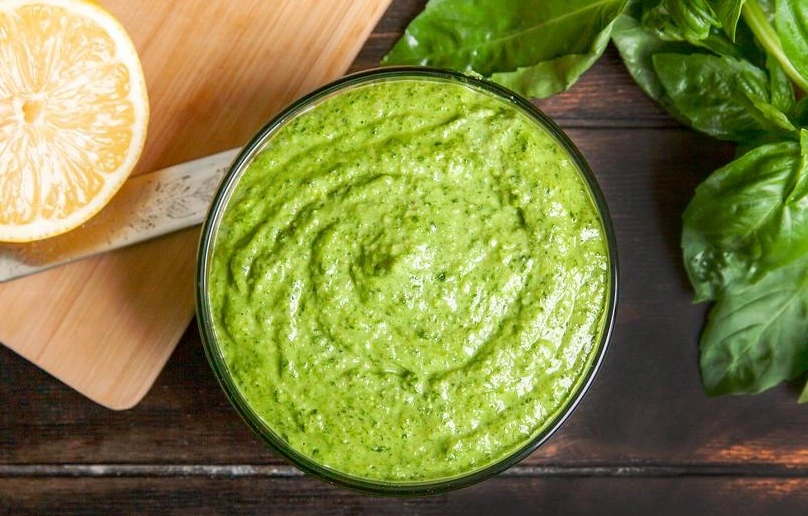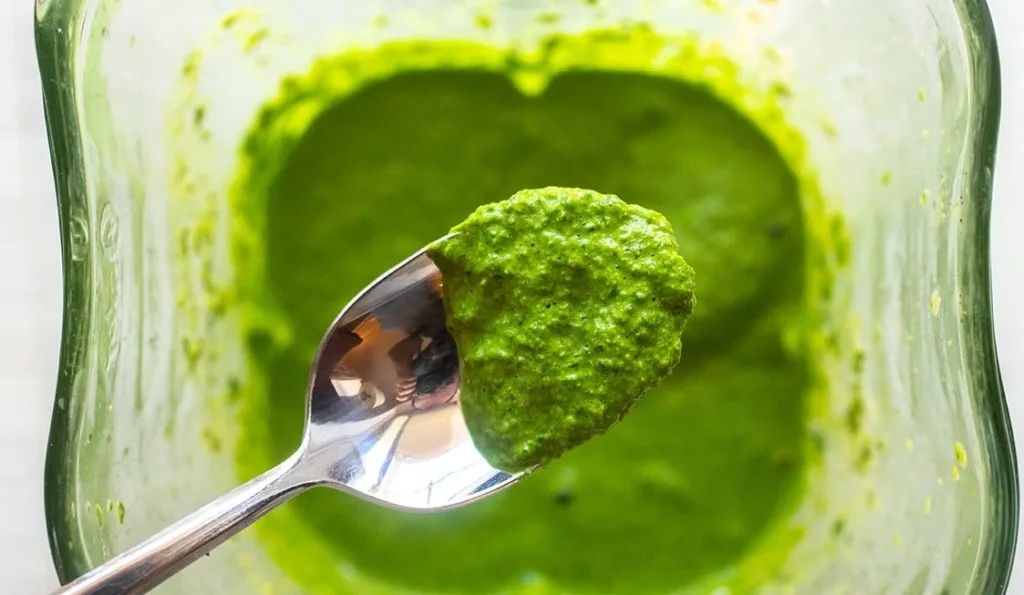Introduction to Pesto Recipes
Pesto is more than just a sauce; it’s a symbol of Italian culinary simplicity that has captivated the world with its rich, herbaceous flavor. Traditionally hailing from Genoa in the Liguria region of Italy, pesto is a vibrant green sauce made from fresh basil, garlic, pine nuts, Parmesan cheese, and extra virgin olive oil. Its name derives from the Italian word “pestare,” which means to pound or crush, a reference to how the ingredients were traditionally combined using a mortar and pestle.
But why is pesto so beloved worldwide? Its appeal lies in its versatility and the way it enhances dishes with a fresh, savory, and slightly nutty flavor that’s hard to resist. Whether it’s tossed with pasta, spread on sandwiches, or used as a dip, pesto can elevate any meal from ordinary to extraordinary.

The Classic Pesto Genovese
Ingredients for Classic Pesto Recipes
- 2 cups fresh basil leaves (packed)
- 1/2 cup grated Parmesan cheese
- 1/3 cup pine nuts
- 3 garlic cloves
- 1/2 cup extra virgin olive oil
- Salt to taste
Step-by-Step Guide to Making Pesto Genovese
- Prep Your Ingredients: Start by washing the fresh basil leaves and patting them dry. This step is crucial because excess water can dilute the pesto and affect its texture.
- Blend the Basil and Nuts: In a food processor, combine the basil leaves, garlic cloves, and pine nuts. Pulse until the mixture is finely chopped.
- Add Cheese and Oil: Add the grated Parmesan cheese to the mixture and pulse again. Then, with the processor running, slowly pour in the olive oil until the pesto reaches a smooth consistency.
- Season and Serve: Taste the pesto and add salt as needed. You can also adjust the consistency by adding more olive oil if you prefer a thinner sauce.
Tips for the Perfect Pesto Texture
Achieving the ideal texture is key to a great pesto. The sauce should be smooth yet slightly chunky, with small pieces of basil and nuts adding to the mouthfeel. If your pesto is too thick, you can thin it with a bit of pasta cooking water or more olive oil. For a chunkier pesto, pulse the ingredients less frequently.
Variations of Pesto
While the classic Pesto Genovese is timeless, there are several exciting variations that offer new flavors and textures.
Pesto alla Siciliana
Ingredients and Unique Elements
- 2 cups fresh tomatoes (blanched and peeled)
- 1/2 cup fresh basil leaves
- 1/3 cup almonds (toasted)
- 3 garlic cloves
- 1/2 cup ricotta cheese
- 1/4 cup extra virgin olive oil
How to Make Pesto alla Siciliana
- Blend the Tomatoes: Start by blending the peeled tomatoes until they form a smooth sauce.
- Add Basil, Almonds, and Garlic: To the tomato sauce, add fresh basil, toasted almonds, and garlic. Blend until smooth.
- Incorporate Ricotta and Oil: Finally, add the ricotta cheese and olive oil, blending until the mixture is creamy and well-combined. This Sicilian version is slightly sweeter and creamier than the Genovese, thanks to the tomatoes and ricotta.
Sun-Dried Tomato Pesto Recipes
Ingredients for a Rich Flavor
- 1 cup sun-dried tomatoes (packed in oil)
- 1/2 cup fresh basil leaves
- 1/3 cup Parmesan cheese
- 2 garlic cloves
- 1/4 cup pine nuts
- 1/4 cup olive oil
Preparation Steps
- Combine the Ingredients: In a food processor, combine sun-dried tomatoes, fresh basil, garlic, and pine nuts. Pulse until the ingredients are finely chopped.
- Add Cheese and Oil: Add the Parmesan cheese and pulse again. Then, gradually add the olive oil until the pesto reaches your desired consistency.
This pesto has a deeper, more intense flavor, perfect for pairing with grilled meats or hearty vegetables.
Kale and Walnut Pesto

A Healthy Twist on the Classic
- 2 cups kale leaves (stems removed)
- 1/3 cup walnuts (toasted)
- 1/4 cup Parmesan cheese
- 2 garlic cloves
- 1/2 cup olive oil
- Salt and pepper to taste
How to Make Kale and Walnut Pesto
- Blend Kale and Walnuts: Start by pulsing the kale leaves and toasted walnuts in a food processor until finely chopped.
- Add Cheese, Garlic, and Oil: Add the Parmesan cheese, garlic, and olive oil, blending until smooth. Season with salt and pepper to taste.
Kale adds a nutritional punch to this pesto, while walnuts bring a rich, earthy flavor that complements the bitterness of the kale.
Arugula and Almond Pesto
A Peppery and Nutty Variation
- 2 cups arugula leaves
- 1/3 cup almonds (toasted)
- 1/4 cup Parmesan cheese
- 2 garlic cloves
- 1/2 cup olive oil
- Lemon juice to taste
Steps to Create This Pesto
- Pulse Arugula and Almonds: In a food processor, pulse arugula and toasted almonds until finely chopped.
- Incorporate Cheese, Garlic, and Oil: Add Parmesan cheese, garlic, and olive oil. Blend until smooth, then finish with a squeeze of lemon juice for a bright, zesty flavor.
Arugula gives this pesto a peppery kick, while almonds add a mild sweetness, making it perfect for drizzling over roasted vegetables or grilled chicken.
Vegan and Dairy-Free Pesto Options
For those avoiding dairy or following a vegan diet, traditional pesto recipes can be easily adapted.
Substituting Cheese in Pesto
Nutritional yeast is a popular substitute for Parmesan in vegan pesto. It has a cheesy, nutty flavor that mimics the taste of Parmesan.
Best Ingredients for Vegan Pesto
- 2 cups fresh basil leaves
- 1/3 cup nutritional yeast
- 1/3 cup cashews (soaked)
- 2 garlic cloves
- 1/2 cup olive oil
- Salt and pepper to taste
Easy Vegan Pesto Recipe
- Blend Basil and Cashews: Start by blending fresh basil leaves with soaked cashews until finely chopped.
- Add Nutritional Yeast and Garlic: Add the nutritional yeast and garlic, pulsing again to combine.
- Incorporate Olive Oil: With the food processor running, slowly pour in the olive oil until the pesto is smooth. Season with salt and pepper.
This vegan pesto is just as flavorful as the traditional version, with the cashews adding a creamy texture and the nutritional yeast providing a cheesy flavor.
Creative Uses for Pesto
Pesto isn’t just for pasta. Its versatility allows it to shine in a variety of dishes.
Pesto as a Pasta Sauce
Tossing pesto with pasta is the most traditional way to enjoy this sauce. It pairs well with spaghetti, penne, and fusilli, especially when combined with a bit of pasta cooking water to help the sauce adhere to the pasta
1 thought on “Pesto Recipes”